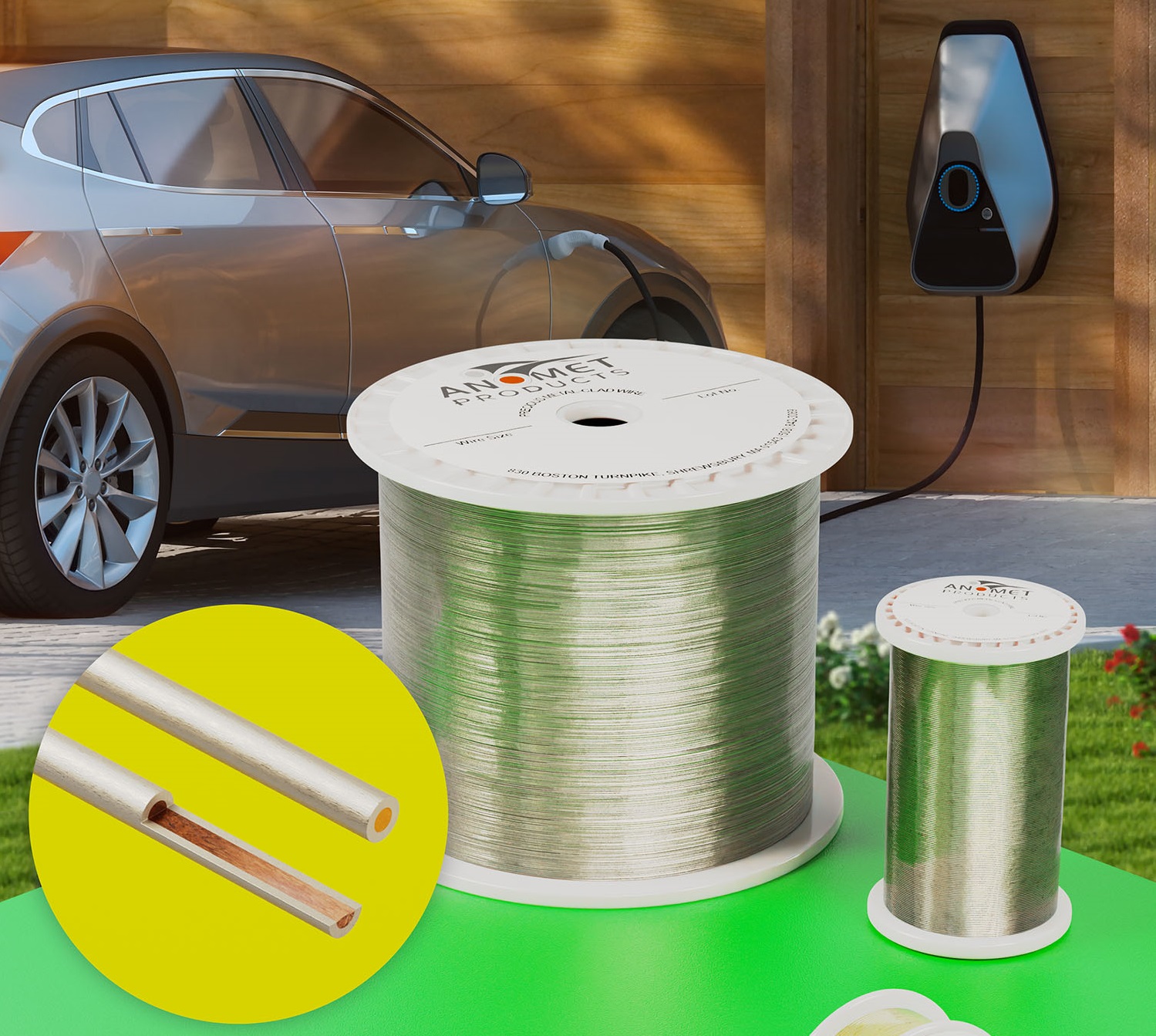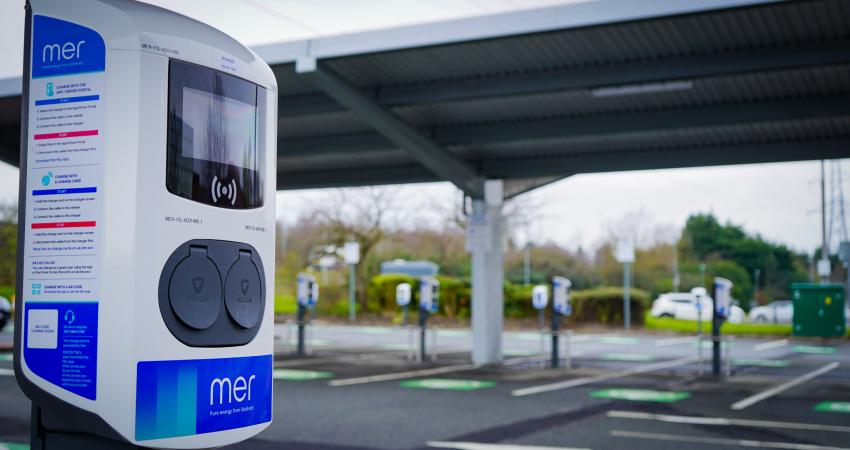
The report, titled EV Charging Station Raw Materials Market by Material Type (Metals & Alloys (Stainless Steel, Aluminum, Copper), Polymers (PC Resins, Elastomers, TPU)), Application (Cords, Displays), Charging Type, and Geography—Global Forecast to 2031, says that in terms of volume, the market is expected to reach 1,09,248.5 metric tons by 2031, at a CAGR of 12.7% from 2024–2031.
There is a surge in demand for raw materials like high-strength metals, alloys, and polymers, essential for manufacturing EV charging infrastructure. These materials undergo specialised processing to ensure that the charging infrastructure meets both aesthetic and operational standards.
Based on material type, the global EV charging station raw materials market is segmented into metals and alloys and polymers.
In 2024, the metals and alloys segment is expected to account for the larger share of around 60% of the EV charging station raw materials market. This segment's large market share can be attributed to the surge in electric vehicle adoption, increasing investments and initiatives by electric mobility stakeholders to deploy wireless EV charging systems, and increasing government initiatives aimed at promoting the use of EVs. Metals and alloys possess the essential physical and aesthetic properties necessary for manufacturers to meet design and operational standards for electric vehicles and charging stations at optimal prices. Among these, stainless steel, aluminium, copper, nickel, and titanium are the most utilised raw materials within the electric mobility ecosystem.
Based on application, the global EV charging station raw materials market is segmented into cords, connector guns, enclosures, charger plug holsters, nylon glands/lock nuts, electric circuit breakers, energy meters and timers, internal wiring, flexible conduits, thermal switches, cable hangers, displays, and other applications. In 2024, the cords segment is expected to account for the largest share of around 61% of the EV charging station raw materials market. This segment's large market share can be attributed to the frequent replacement of EV charging station cords due to their low operational lifespan, the global surge in EV adoption, the rising demand for high-power charging (HPC) cables, and technological advancements in EV charging cables, including innovations like liquid-cooling.
Based on geography, the EV Charging Station Raw Materials market is segmented into North America, Europe, Asia-Pacific, Latin America, and the Middle East & Africa. In 2024, Asia-Pacific is expected to account for the largest share of around 59% of the EV charging station raw materials market. Asia-Pacific's significant market share can be attributed to the growing demand for EVs in countries such as China and Japan and rising government initiatives to reduce greenhouse gas emissions. Additionally, electrification presents various opportunities across the value chain. For economies with well-established automotive manufacturing hubs like Indonesia and Thailand, it offers opportunities to expand their EV and charging station production. Moreover, it allows less developed economies to advance their automotive manufacturing capabilities.












